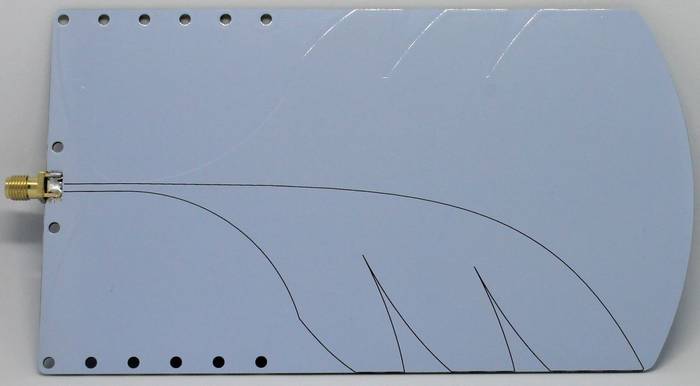Designing an Ultra Wideband Vivaldi Antenna
The LimeSDR mini is able to receive over a huge frequency range (10 MHz - 3.5 GHz), so having recently bought one "hexandflex" wanted to build an ultra wideband antenna to go along with it. On his three part blog post hexandflex introduces us to various ultra wideband antennas, introduces us to and shows us how to design and build a Vivaldi ultra wideband antenna, and measures the performance of the Vivaldi that he built.
The Vivaldi is a fairly well known ultra wideband antenna that is directional. It is fairly easy to build out of a PCB board, but requires some careful design considerations to work well. In the second post hexandflex goes over all the design considerations that he put into his Vivaldi incliding the feed design, substrate choice and additional improvements like adding corrugations and crafting the geometry for a lens effect.
The results show that the antenna works well as a directional antenna above 1.7 GHz, and begins to work more like a standard dipole below 1.7 GHz. Directional gain is greater than 5dB above 1.7 GHz, and becomes negative below 1 GHz. Although hexandflex notes that the gain below 1 GHz is still reasonable, and probably still better than any untuned monopole.
Hexandflex has put up a small number of Vivaldi antennas that he's produced up for sale on Tindie for US$18. Currently he has a limited batch of units to sell, but notes that he may run additional batches if they are popular.
